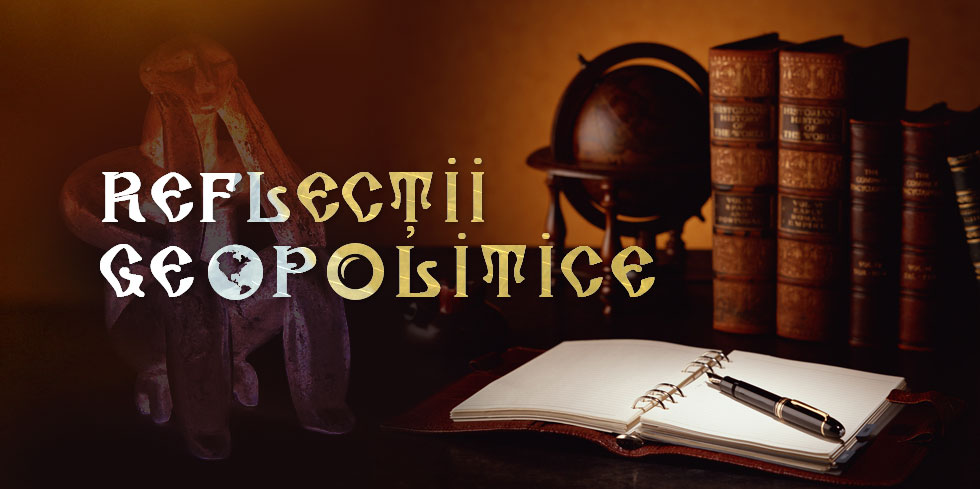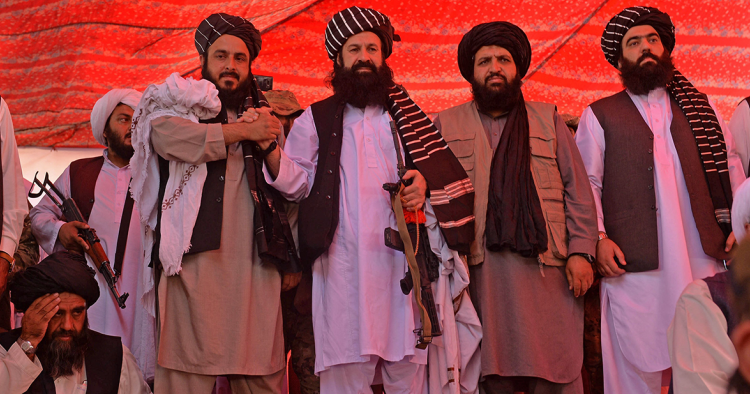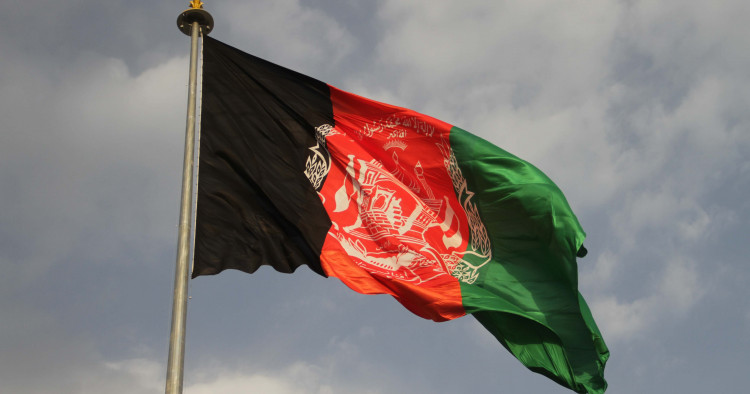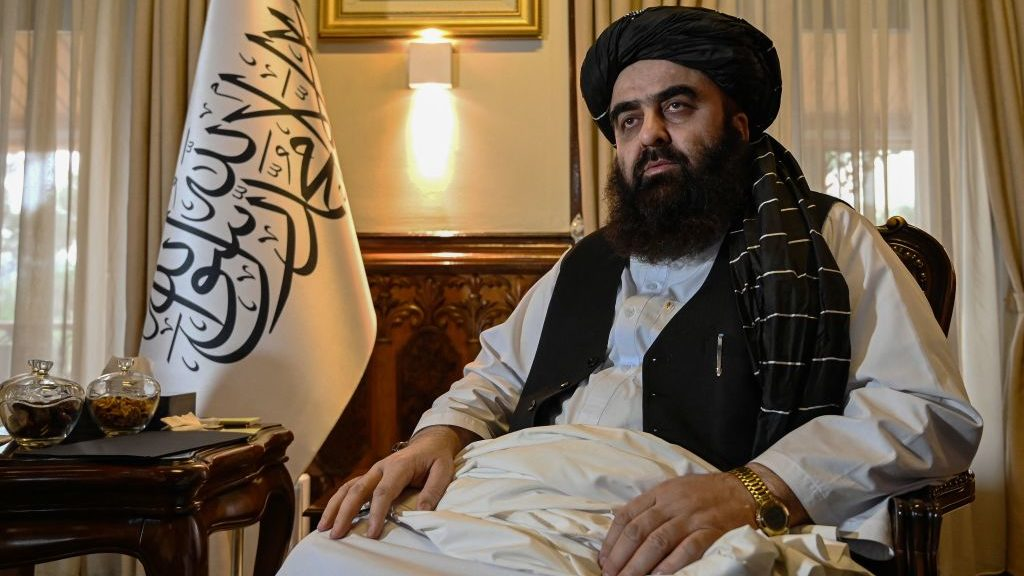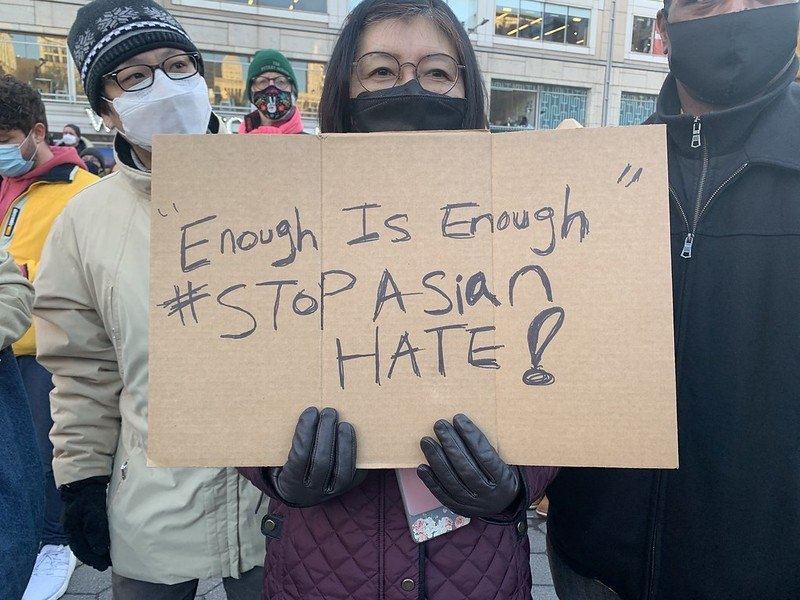Afghanistan has undergone a dramatic transformation in half a year of Taliban rule.
The country feels safer, less violent than it has in decades, but the once aid-fueled economy is barreling toward collapse. Tens of thousands of Afghans have fled or have been evacuated, including large numbers of educated elites. They either fear for their economic future or lack of freedom under a group that ascribes to a strict interpretation of Islam. During its previous rule in the late 1990s, the Taliban barred girls from school and women from work.
